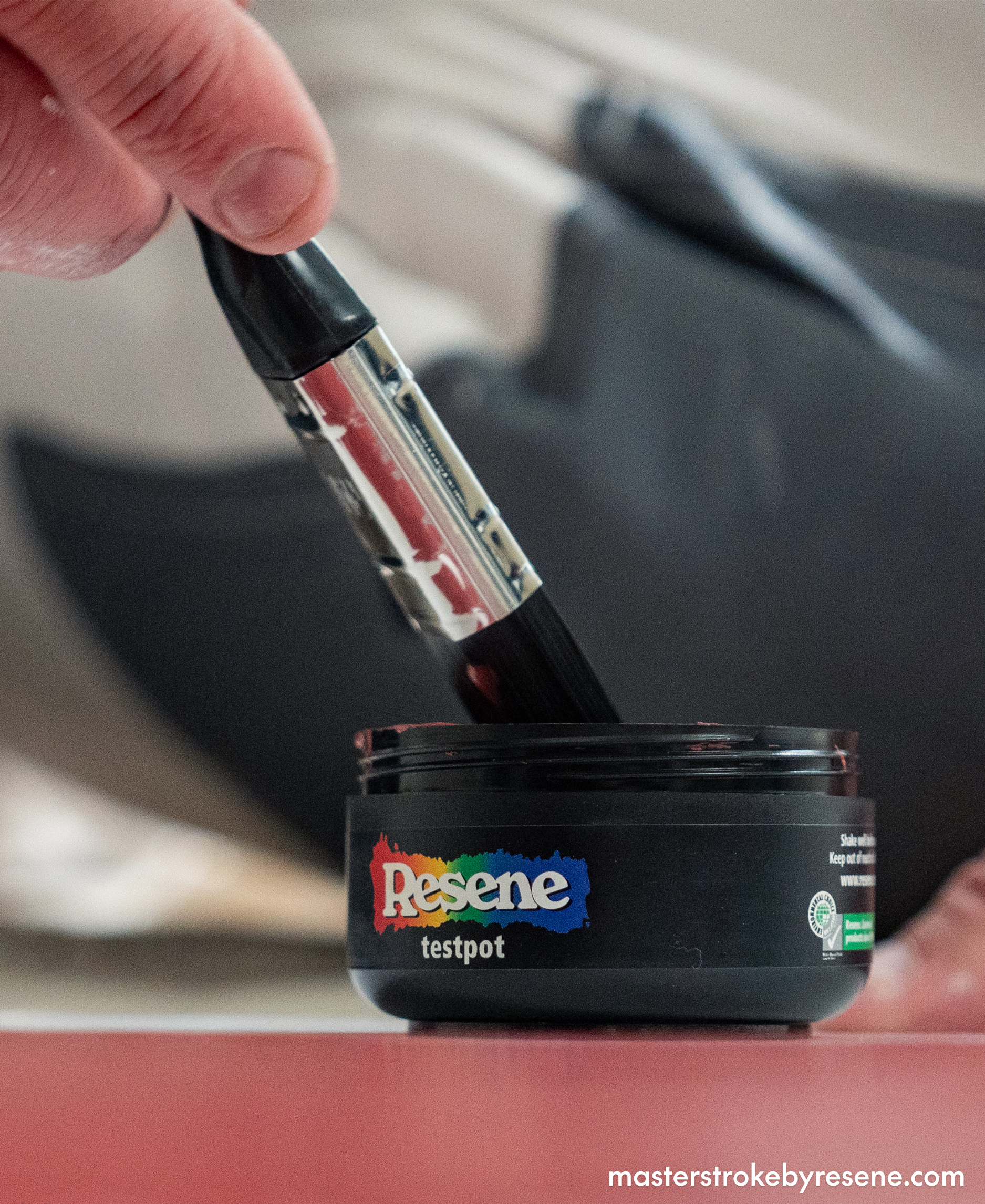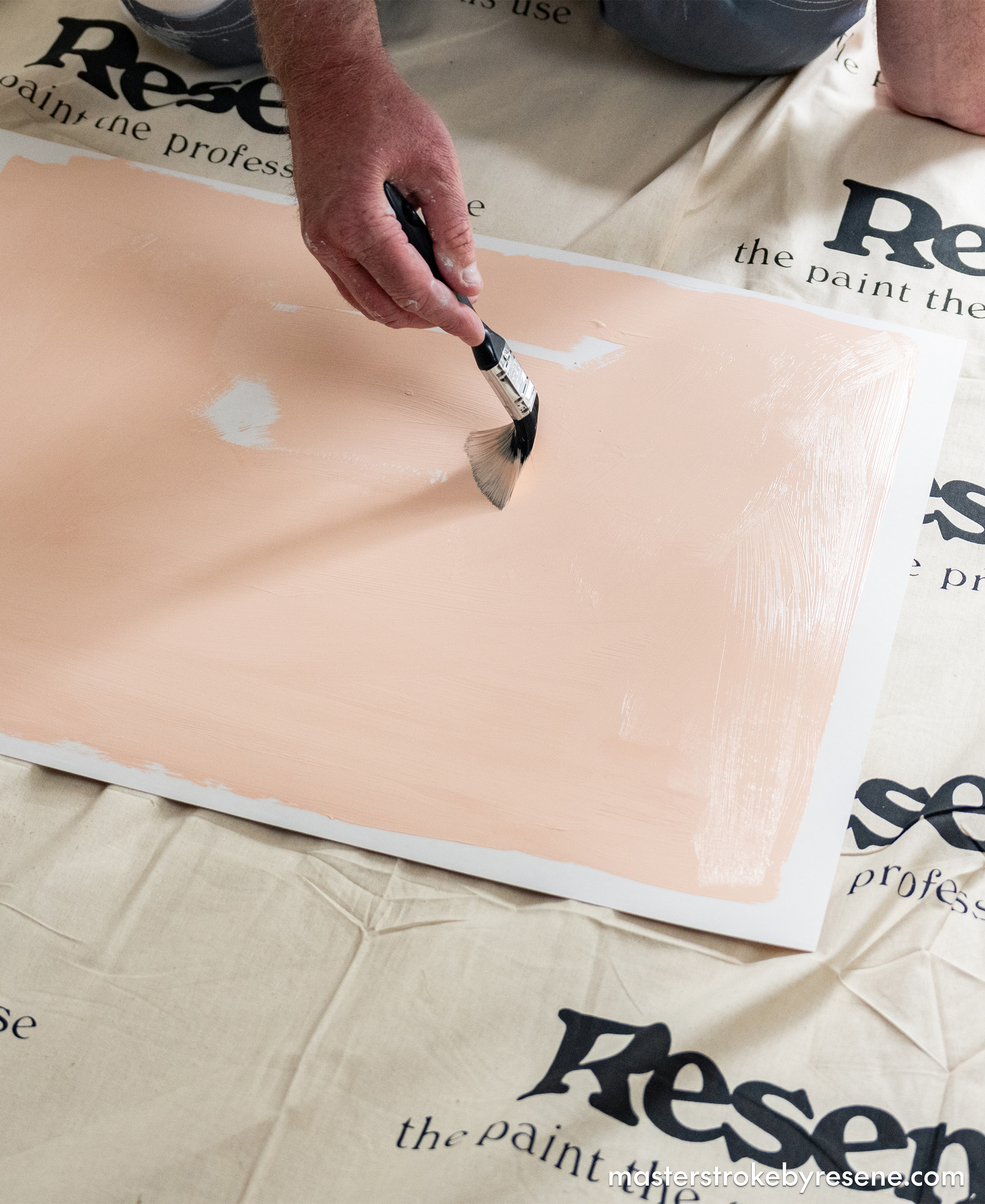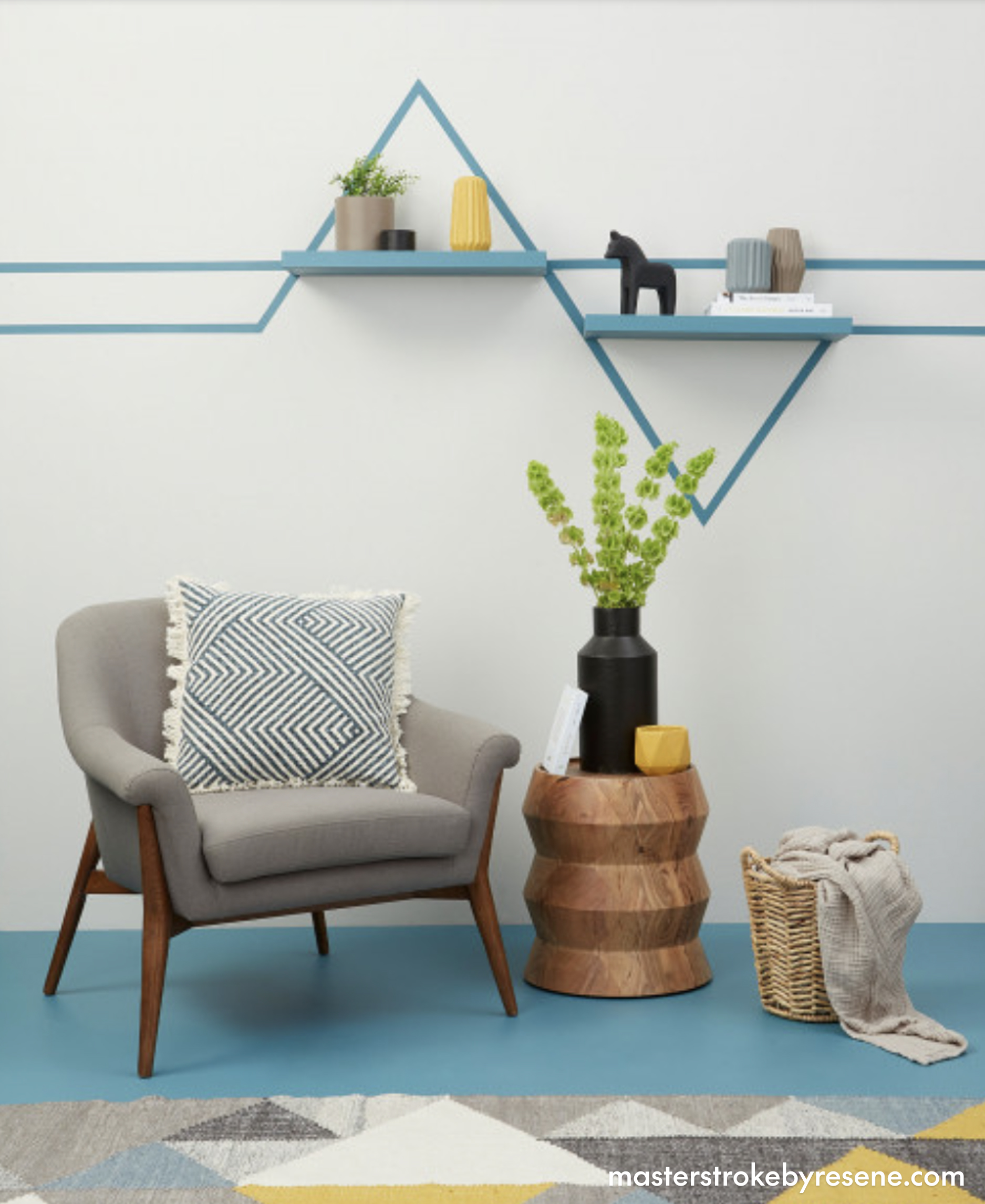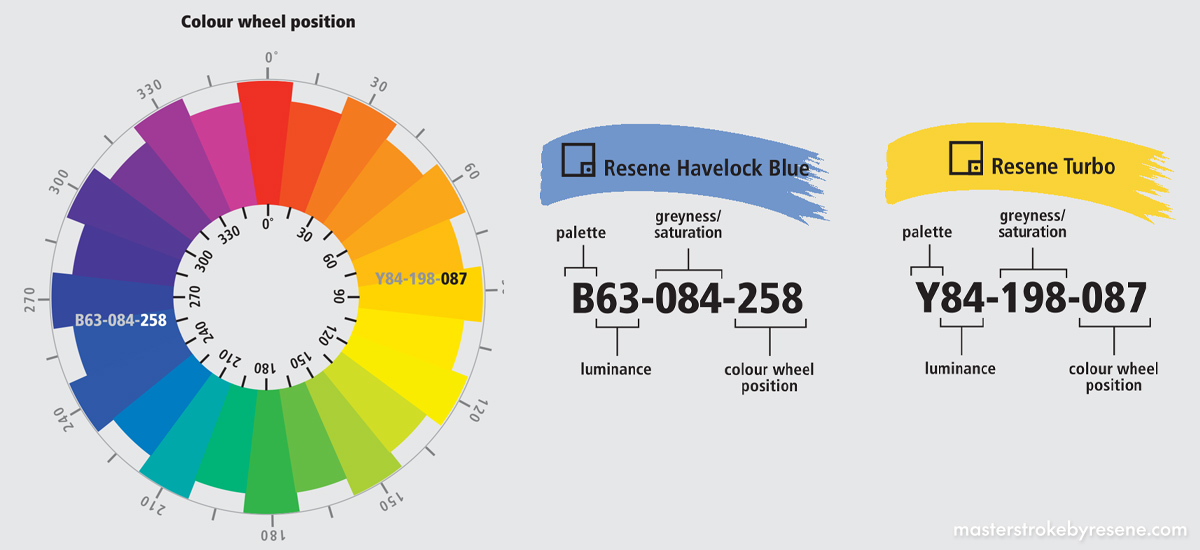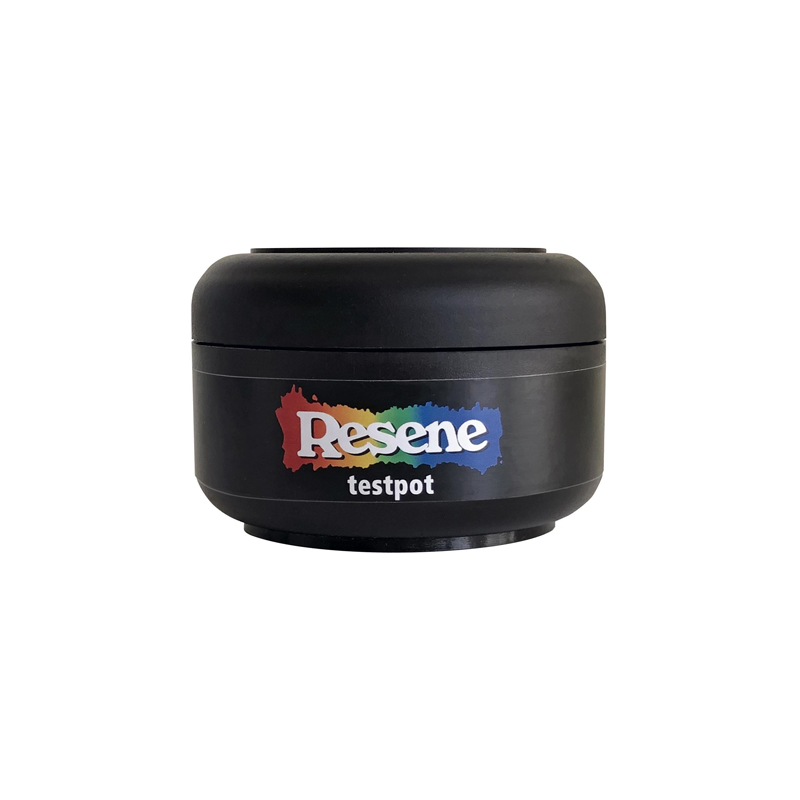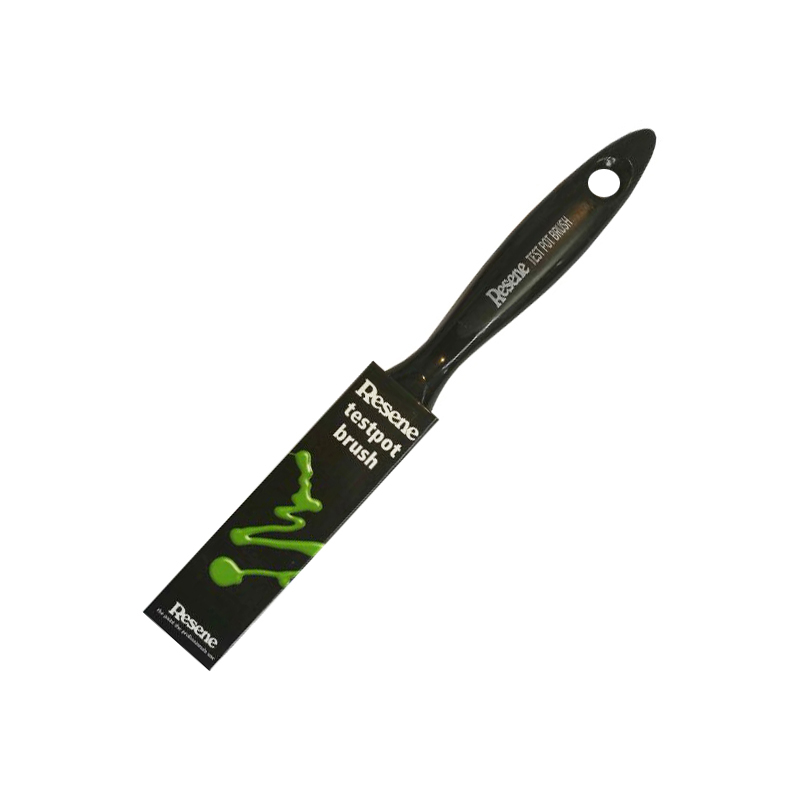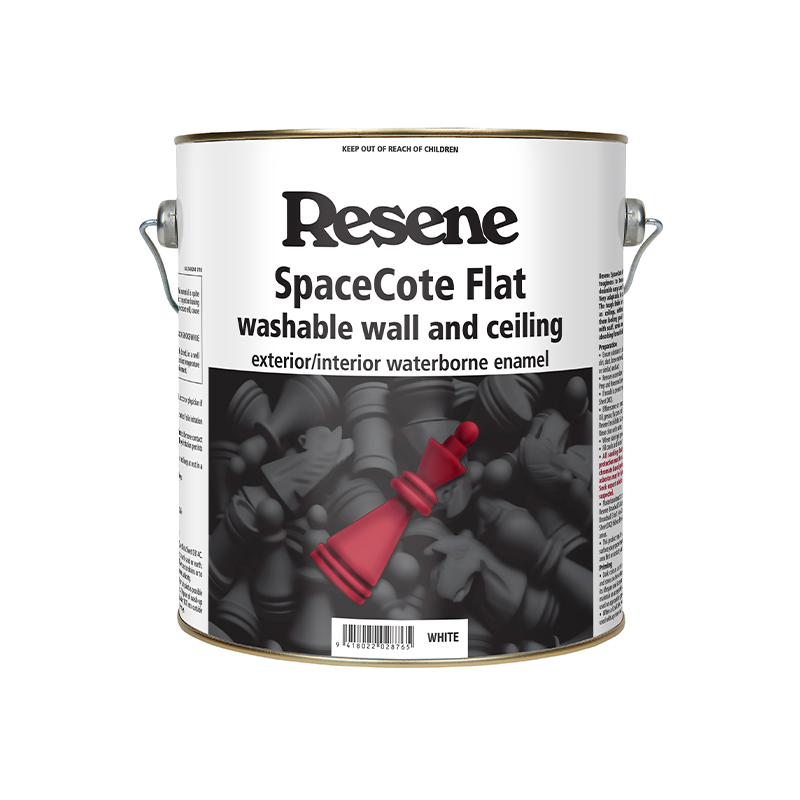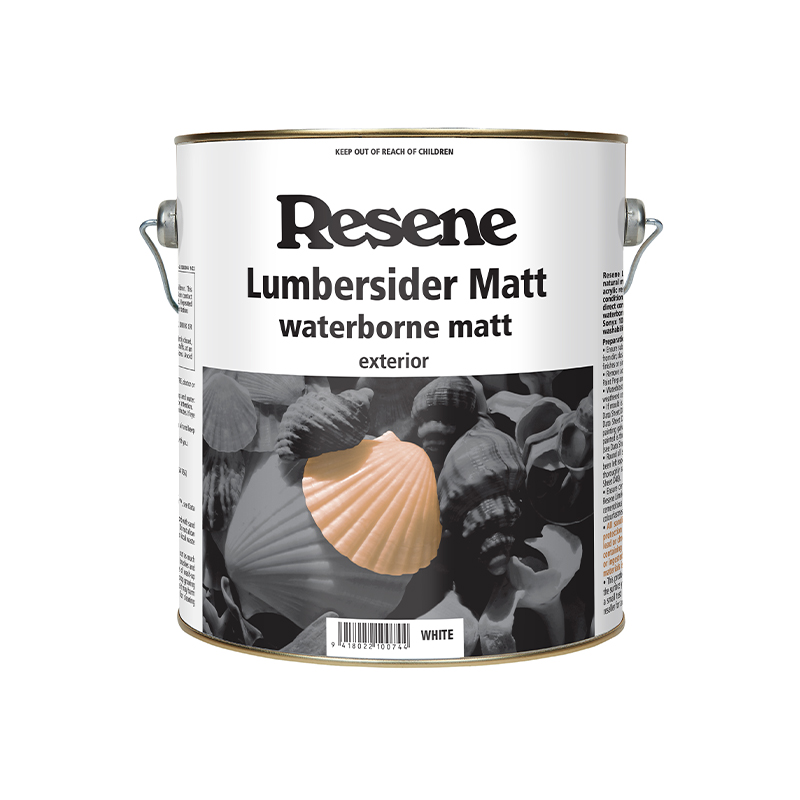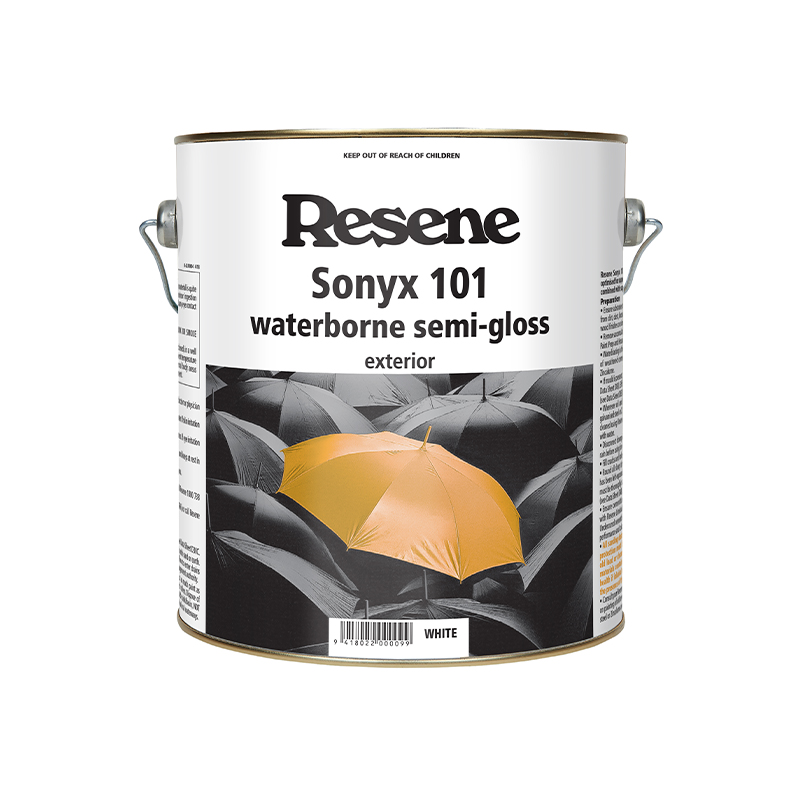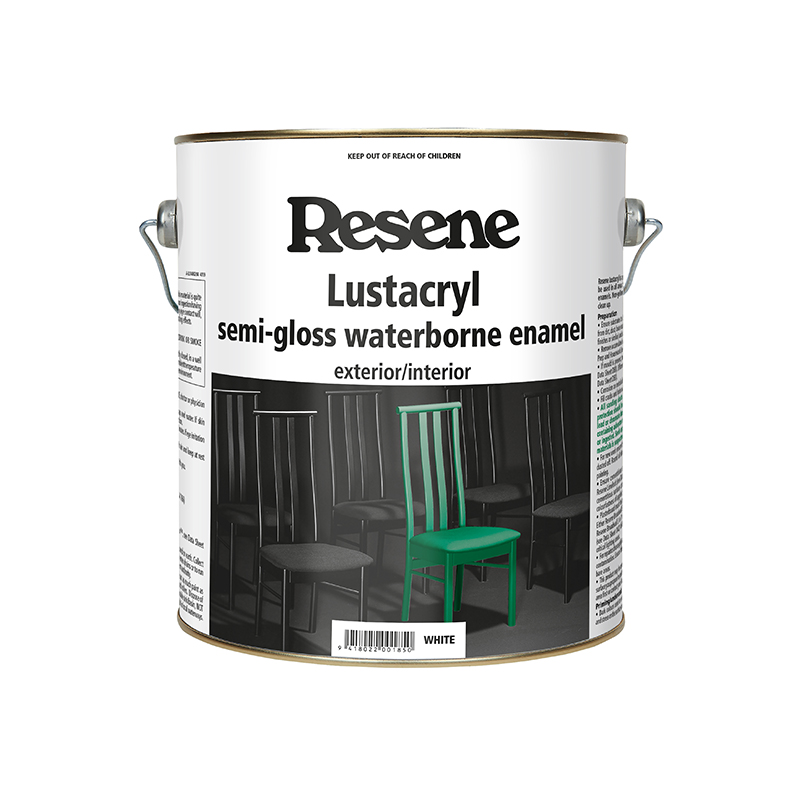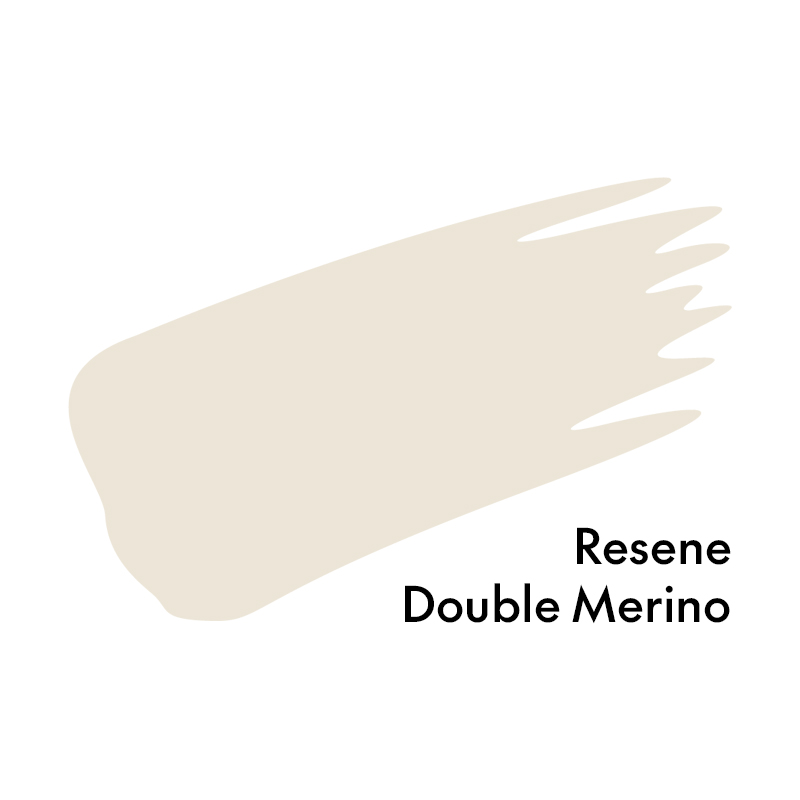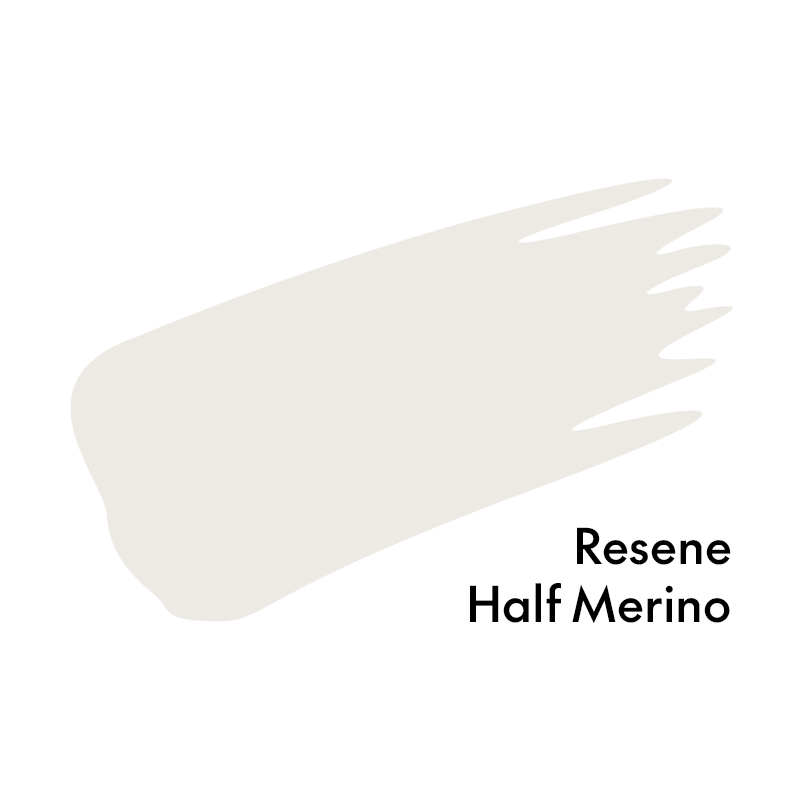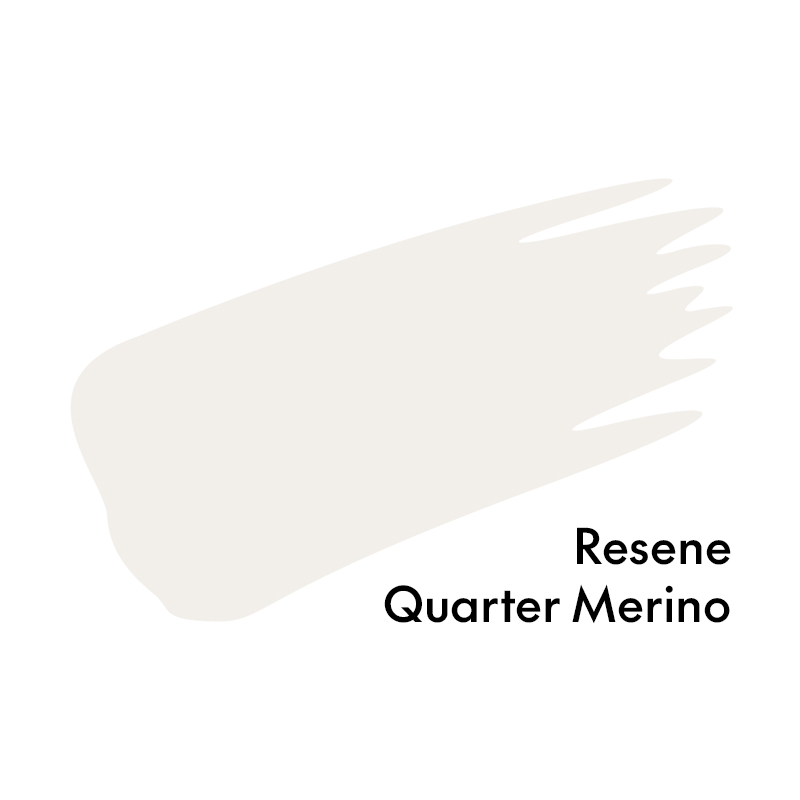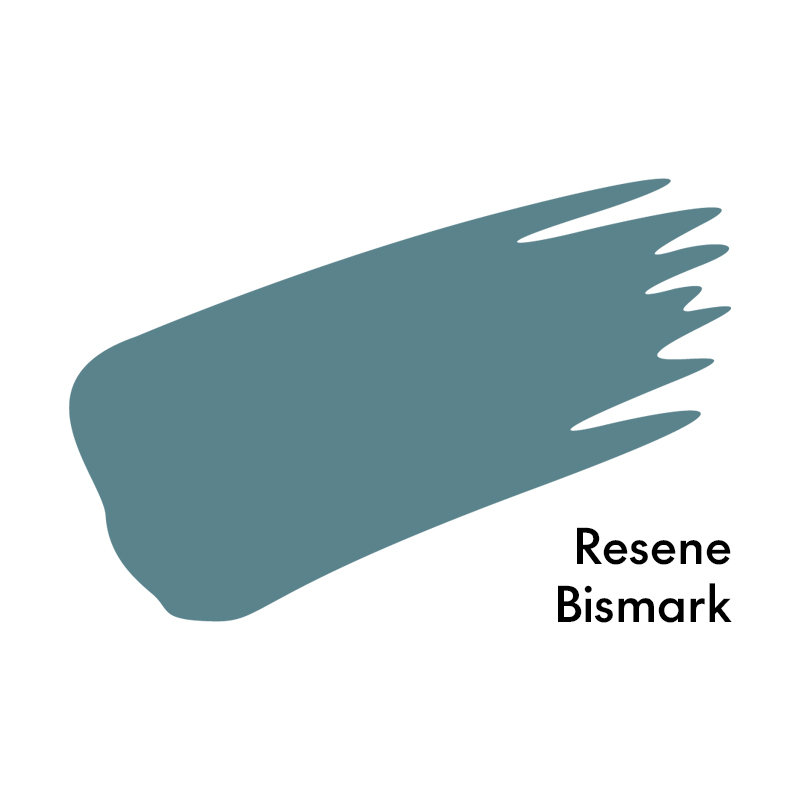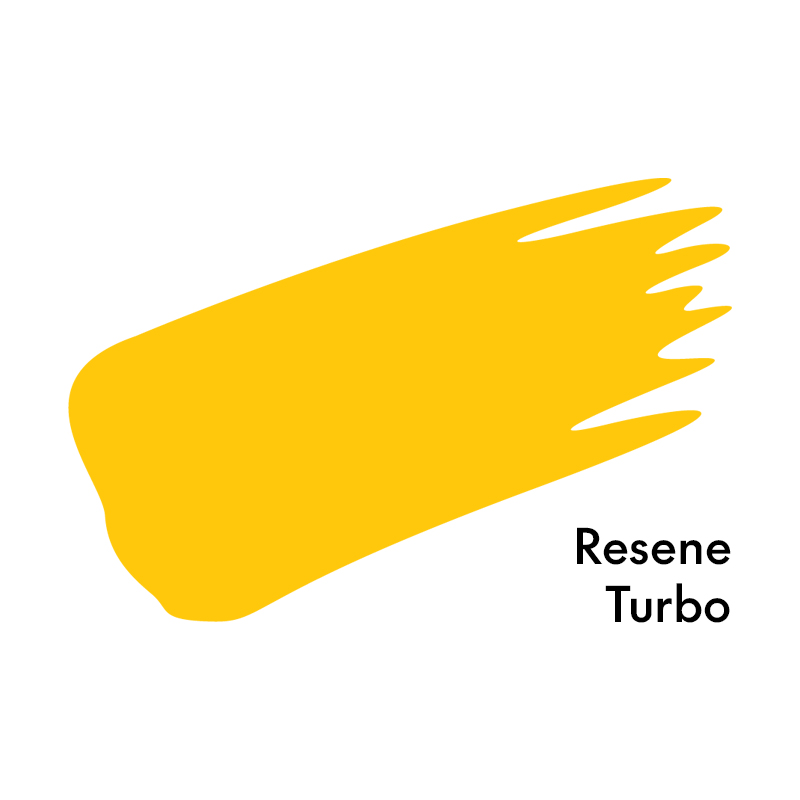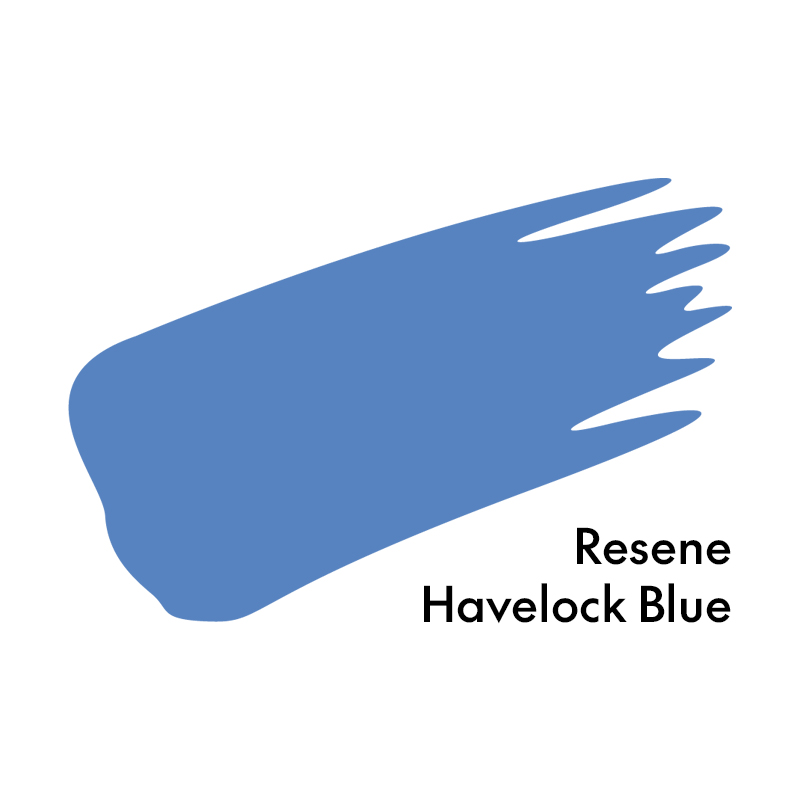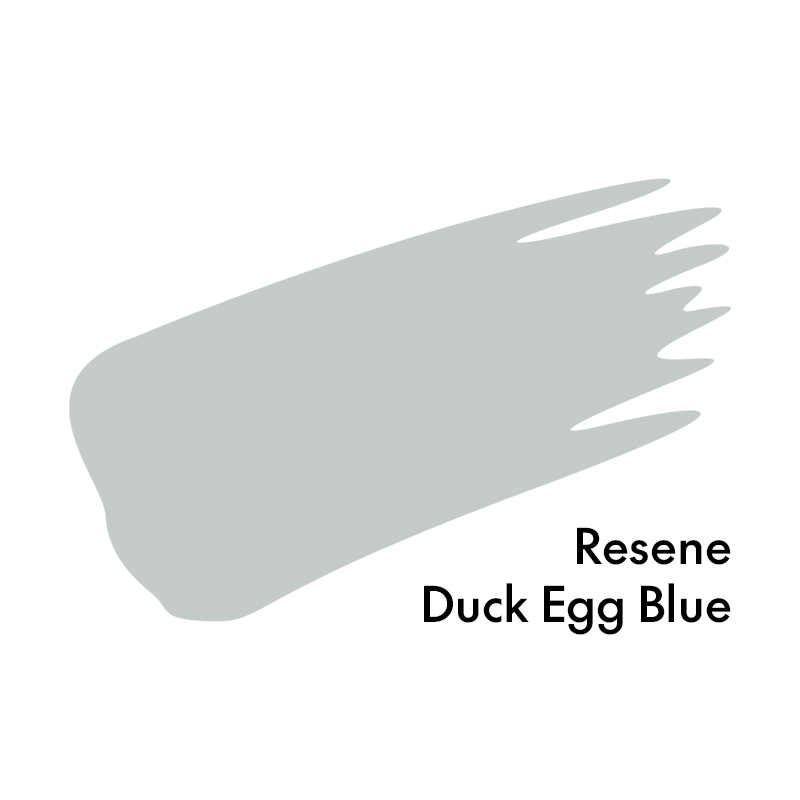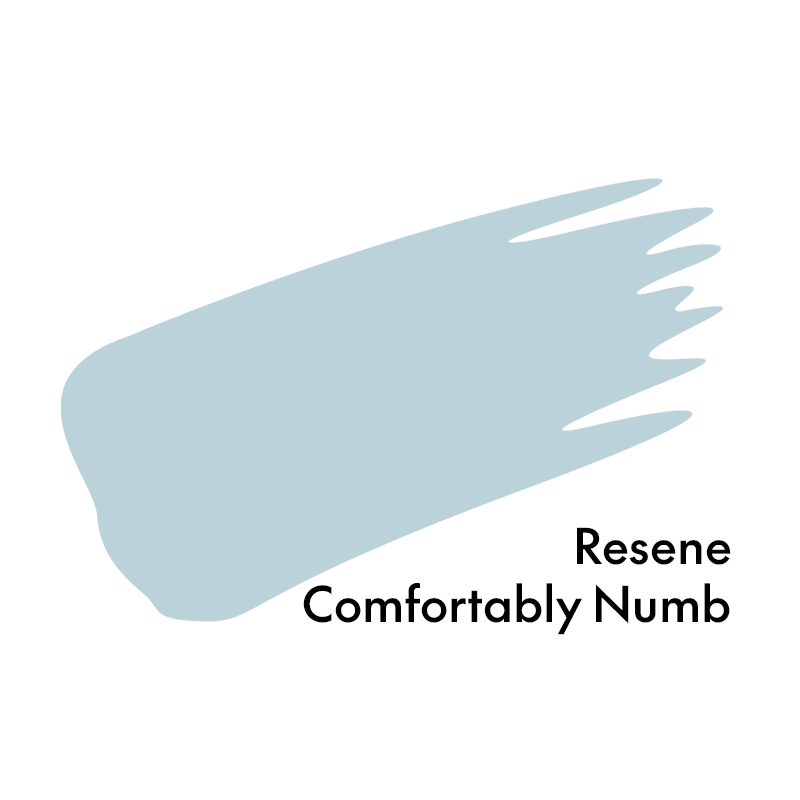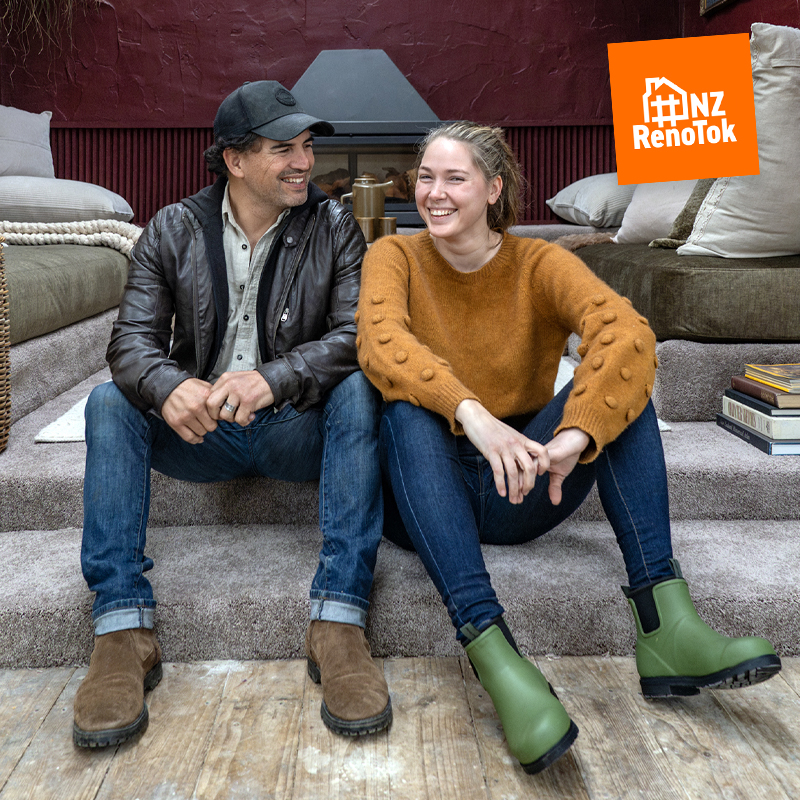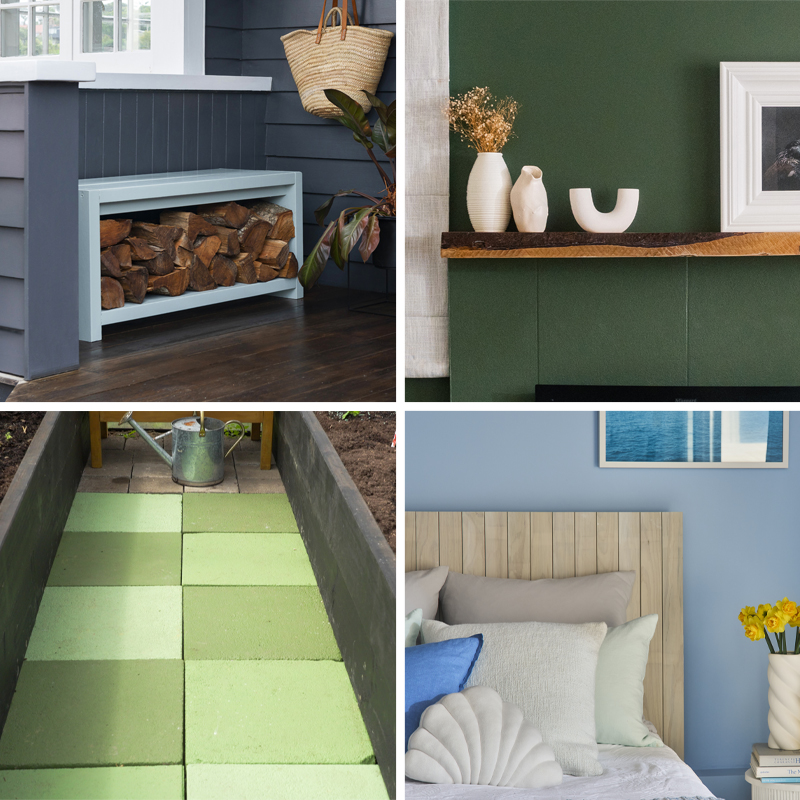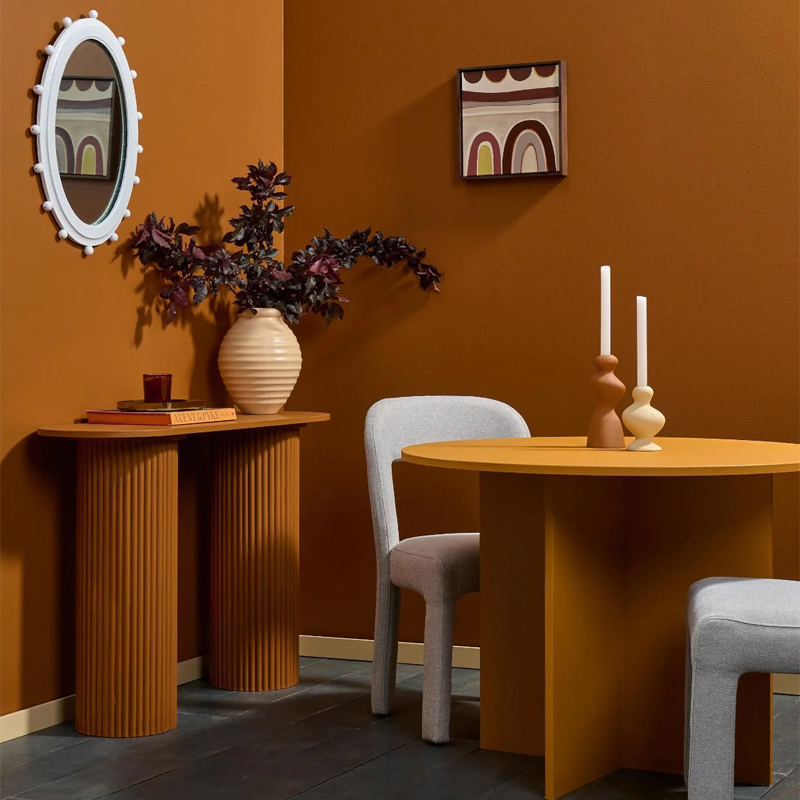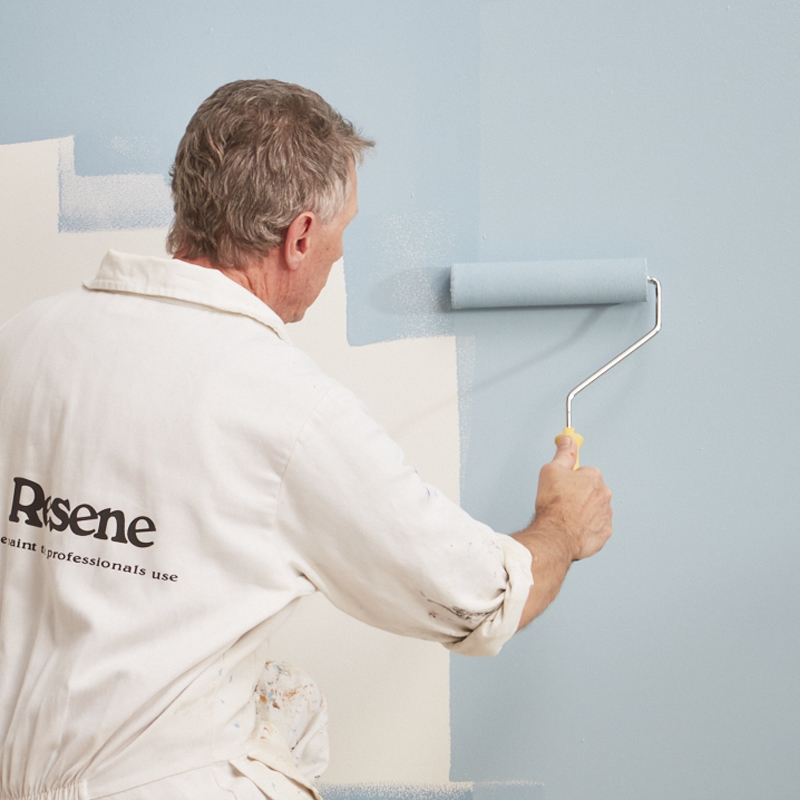Good things come in small packages and Resene testpots are a great example. These handy little tubs of paint colour are the best way to help you choose the perfect colours for your project. And with the widest range of testpots in New Zealand, Resene ColorShops are the testpot mothership.
Why use Resene testpots?
While paint samples on colour charts are a great starting point to help you narrow down your favourites, you need to see a bigger swatch to get a good idea of how the colour will look once it’s painted on a wall. Variations in the colour – such as the undertone or the light reflective value (LRV) – might seem small on the paint sample, but become much more obvious once they are on the wall or placed next to other shades. Colours that look good in the store may look different when in the light conditions of your home.
How to use Resene testpots
Once you’ve chosen the colours you want to try, here’s how to get the most out of your testpots.
Don’t paint directly onto your wall, as the existing colour will affect the appearance of the new colour. Use your Resene testpots to create your own swatches instead. To create a test swatch, take a piece of A3-sized white card and apply two coats of your chosen Resene colour using a Resene testpot brush, leaving an unpainted border around the edge.
Allow the card to dry and use Blu-Tack to attach the card to the wall so it’s nice and flat. Observe the swatch at different times of the day and night to see how the colour changes with different amounts of daylight and under artificial light. Move the swatch onto other walls or rooms to make the same observations. A colour will look quite different in a north-facing room with lots of light compared to a darker south-facing room.
If you plan on painting all the walls in your home the same colour, you may need to choose colours from the same colour family but vary the strength from room to room. For example, paint a sunny north-facing lounge in Resene Double Merino and a darker south-facing bedroom in Resene Half Merino. Generally, it pays to have a mid-strength colour on the walls (e.g., Resene Double Merino) and the lightest colour on the ceiling and trims (Resene Quarter Merino). This is because there is less light on the ceiling so it will appear darker.

